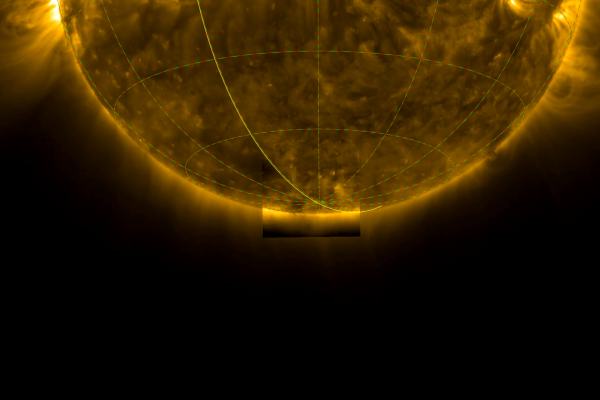The first result identified heat pockets of 200,000 degrees Fahrenheit, lower in the solar atmosphere than ever observed by previous spacecraft. For its second finding, IRIS observed numerous, small, low lying loops of solar material in the interface region for the first time. The unprecedented resolution provided by IRIS will enable scientists to better understand how the solar atmosphere is energized. A surprise to researchers was the third finding of IRIS observations showing structures resembling mini-tornadoes occurring in solar active regions for the first time. Another finding uncovers evidence of high-speed jets at the root of the solar wind. The final result highlights the effects of nanoflares throughout the corona. Large solar flares are initiated by a mechanism called magnetic reconnection, whereby magnetic field lines cross and explosively realign. These often send particles out into space at nearly the speed of light.
The new information will help researchers better understand how our nearest star transfers energy through its atmosphere and track the dynamic solar activity that can impact technological infrastructure in space and on Earth.



